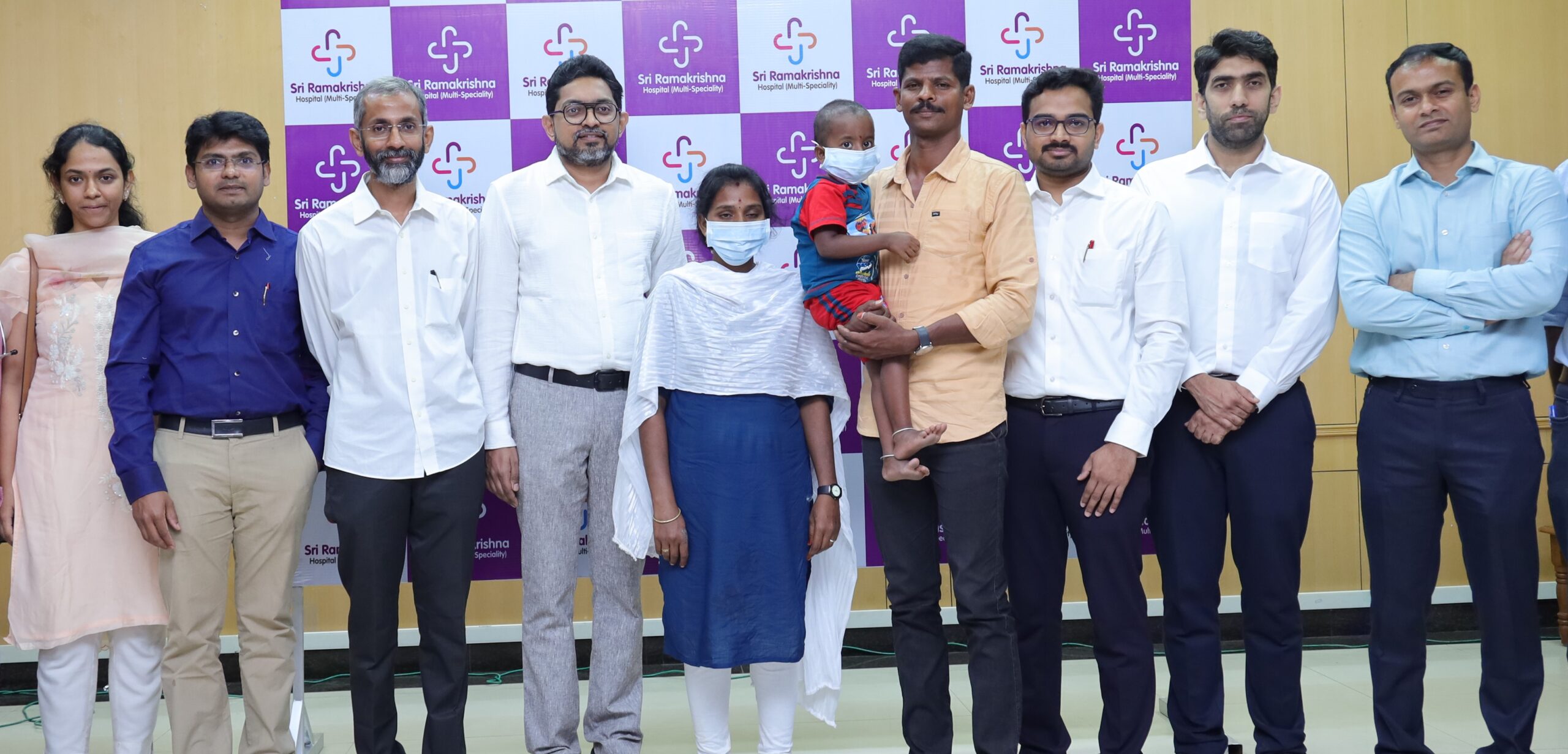Trending Now
- 830 voters names go missing in Kavundampalayam constituency
- If BJP comes to power we shall consider bringing back electoral bonds: Nirmala Sitaraman
- Monitoring at check posts between Kerala and TN intensified as bird flu gets virulent in Kerala
Coimbatore
Bird watchers remember a pioneer in Ornithology
![]() June 12, 2017
June 12, 2017
Udhagamandalam: The scientific study of birds in the Nilgiris is what it is today thanks to the contribution of a number of individuals and high on the list is
Thomas Caverhill Jerdon whose 145th death anniversary was observed on Monday.
Some in the Nilgiris who were aware of the occasion paid homage albeit silently to the great ornithologist.

The earliest description about the avifauna of this district is found in a letter addressed to the Editor of the
Bengal Hurkaru dated the 1st of Nov 1826, under the pseudonym ‘Philanthropos,’ by Rev. James Hough who
seems to have spent some time convalescing among these hills. Subsequently many such lists have been compiled but according to P.J.Vasanthan,an authority o n birds ornithology in earnest seems to have been introduced here only with the advent of Jerdon.
Not much is known about this eminent personality, and the very few details which can be gleaned are from the memoir brought out in his honour, by his mentor Sir Walter Elliot of the Madras Civil Service, published in the 1873-1875 issue of the journal of the Berwickshire Naturalists’ Club.
Born at Bidwick House, in the county of Durham on 12th October, 1811, he was the eldest son of Archibald Jerdon, who although not a scientific naturalist, was a diligent observer who imbibed in his son, the habit of observation.

Having a leaning for natural history, he joined the Plinian Society at the age of seventeen and attended lectures on natural history held at the University of Edinburgh. He later became a student of medicine and obtained an assistant-surgeonship while in the service of the East India Company.
He arrived at Madras on the 21st February, 1836. After preliminary training he was dispatched to Ganjam district in Odisha where the troops engaged in operations against insurgents were suffering from dysentery. He had thus an opportunity of seeing a part of the country which was rarely visited.After conclusion of the operations he was posted to the 2nd Light Cavalry on the 1st March, 1837, and joined his regiment at Trichy, marching with it to Jalna in present day Maharashtra.
He is said to have obtained leave of absence to visit the Nilgiri Hills where he married Flora Alexandrina
Matilda Macleod, daughter of the late Major Alexander McLeod of the 9th Regiment and niece of Colonel L. W. Watson on the 15th July, 1841.
The couple were known to have resided for some time around 1845, at Woodside near the present day Ooty Club, the property of the latter.
The month and year in which Jerdon began his ornithological observations in the Nilgiris is uncertain, but it is presumed to be sometime before June 1839, based on the year of publication of the ‘Madras Journal of Literature and Science’ in which he brought out a part of his ‘Catalogue of the Birds of the Indian Peninsula,’where he reports around twenty-nine species from this district, describing five as hitherto unreported.
By the time of the publication of his second supplement to his catalogue in 1845, Jerdon had reported around one hundred and two species from these hills, and eighteen of these as possible new entities. With the publication of his ‘Birds of India,’ in 1863, the total number listed appears to have gone up to around one hundred and sixteen.

Jerdon seems to be the first person to address birds by their popular names, as well as freely use vernacular terms in all his works, and can be rightly considered to be the first Field Ornithologist of British India.
Ill health forced Jerdon to return to England in June 1870, but he continued to serve the cause of science having become a member of the Berwickshire Natural History Society, but his health however steadily declined and he passed away on 12th June, 1872.
His obituary in the Ibis, the journal of the British Ornithologists’ Union of which he was made an honorary member, describes him as a person who studied birds, by not just amassing their skins, but by committing, as it were, their peculiarities to memory, with the aid of copious notes and sketches.























